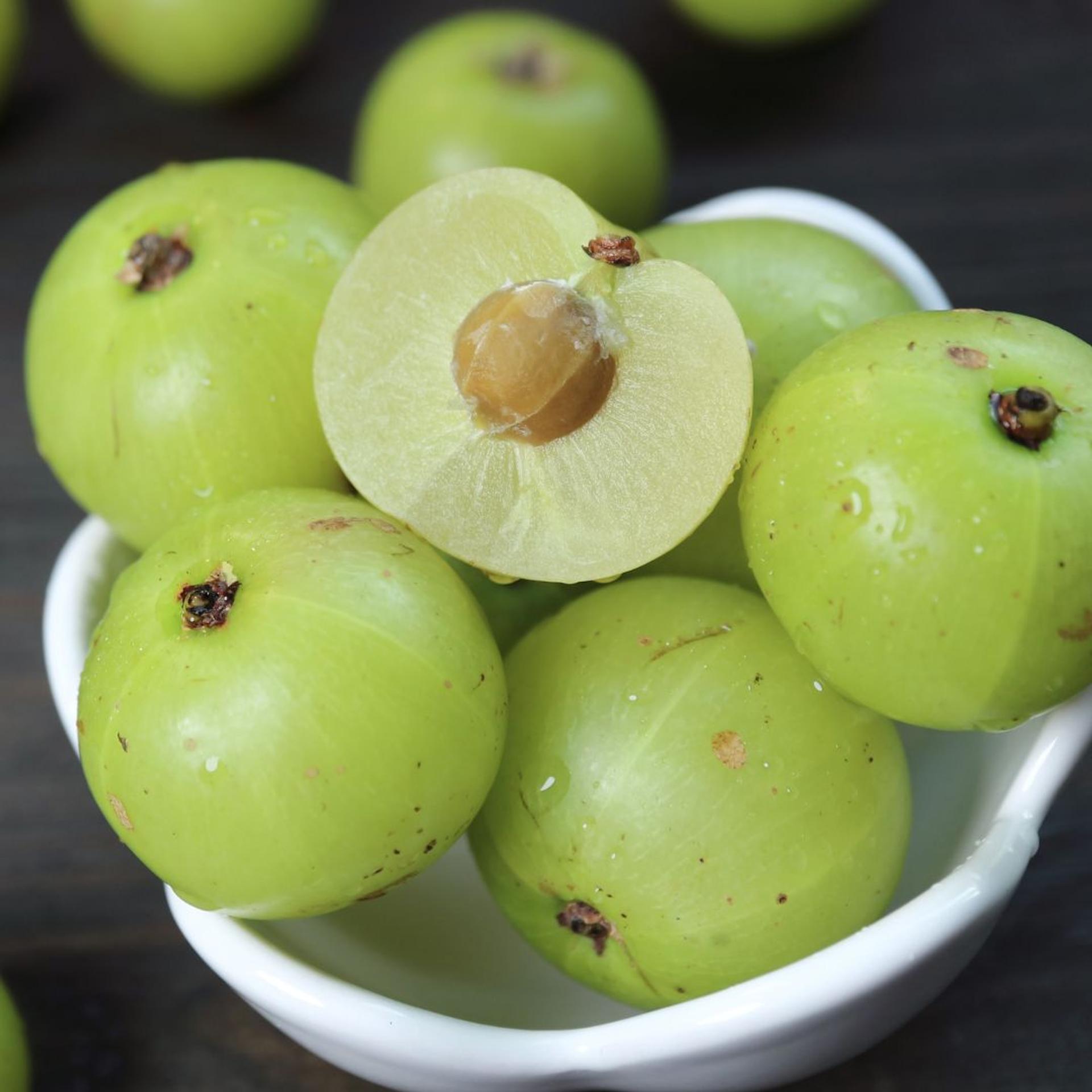
Amla for Hair
Discover Its Amazing Benefits
By Nat Habit
Imagine Amla as the trusted companion in your hair care journey – a favourite pick passed down from generation to generation. This isn't just a random choice; Amla holds a special place in traditional Indian medicine, particularly Ayurveda. Let's break down why Amla has become a go-to ingredient when it comes to hair care.
The Amla's Natural Goodness
Amla is like a nutritional powerhouse for your hair. It has things like quercetin, gallic acid, tannins, and loads of vitamin C. When you turn Amla into oil for your hair, it becomes a super-boost for your scalp, helping your cells regenerate and keeping your scalp healthy.
Polyphenols, The Protectors Against Aging
Polyphenols in Amla guard your hair against premature aging. They work diligently to counteract free radicals that accelerate the aging process of your hair. Additionally, they play a crucial role in maintaining the integrity of your hair by preventing breakage and promoting growth.
Tannins: Building Blocks for Strong Hair
Tannins contribute to the foundational strength of your hair. They easily bind to the protein (keratin) in your hair, creating a shield against potential threats like fungi and bacteria. This not only strengthens your hair but also enhances its structure, resulting in thicker and resilient locks.
Flavonoids: Natural Stimulators for Hair Growth
Flavonoids act as natural stimulators for your hair follicles. They give a friendly nudge to the dormant hair follicles into the active growth phase, ensuring a continuous cycle of growth which contributes to the thickness and vitality of your hair.
Phenolic Acids: Soothing Inflammation, Promoting Health
In the world of hair care, inflammation can be a stumbling block but phenolic acids step in to soothe and calm inflammation and promote the restoration of damaged follicles to a healthy state. This not only supports overall hair health but also fosters an environment conducive to robust hair growth.
In simple terms, Amla is like a gift from nature for your hair. It's not just a fruit; it's like a friend that helps your hair stay strong, grow well, and look amazing. So, the next time you see Amla in your grandma's haircare stash or any product, know that it's not just a tradition – it's an elixir for your hair’s health!

Learn more



